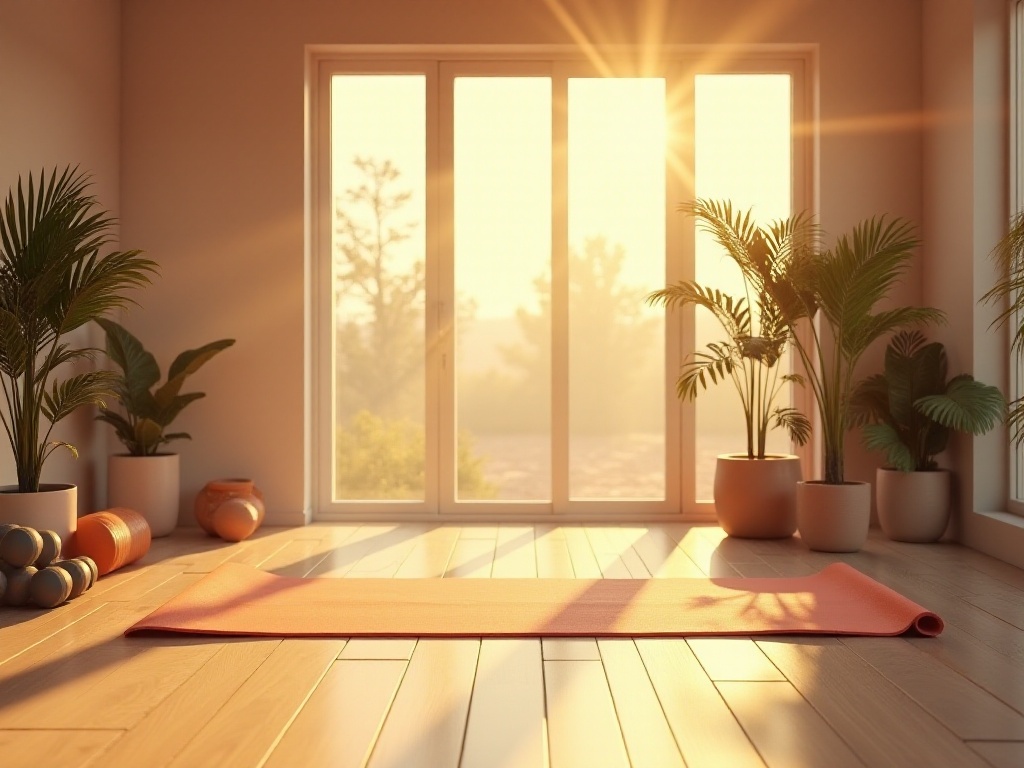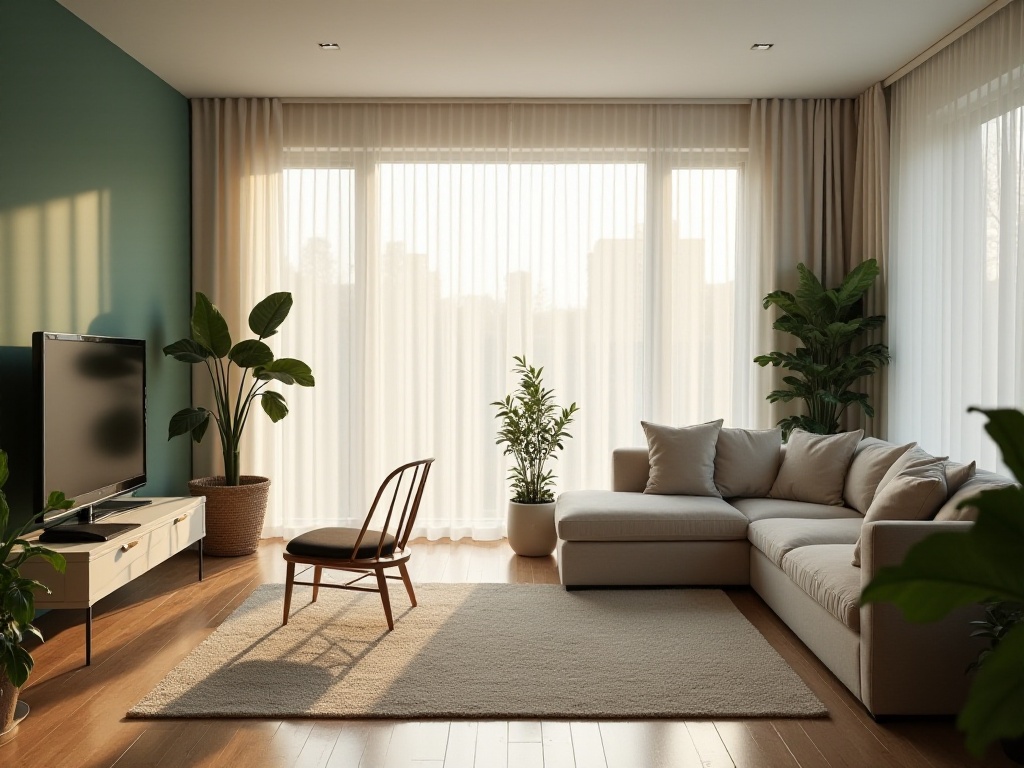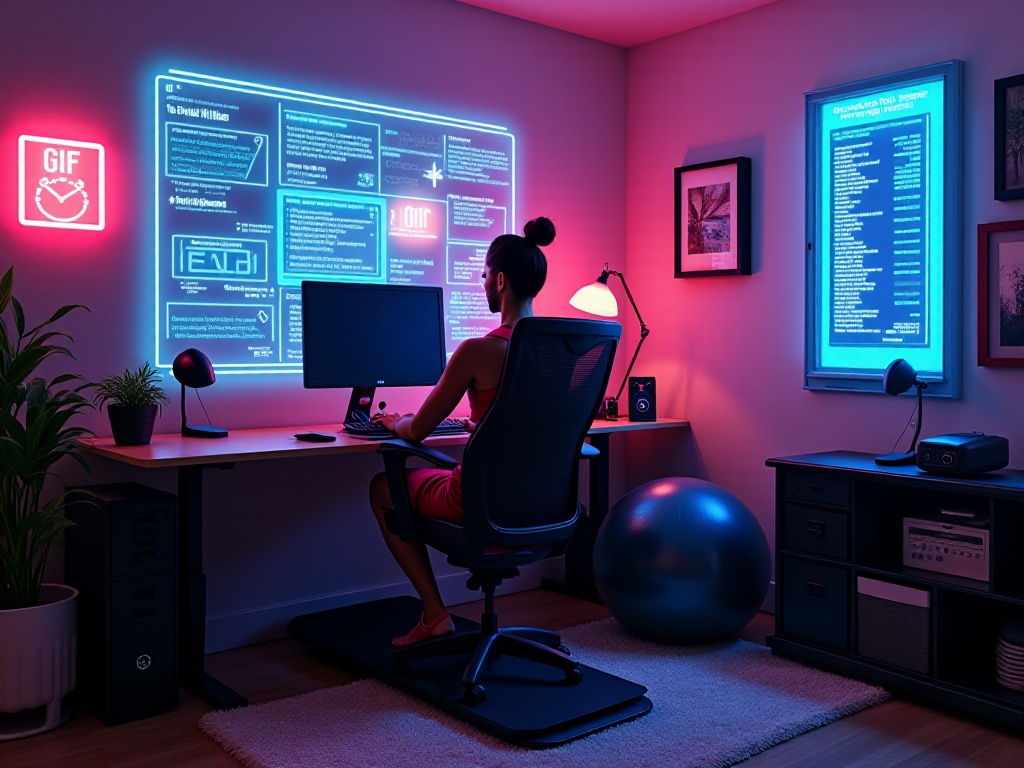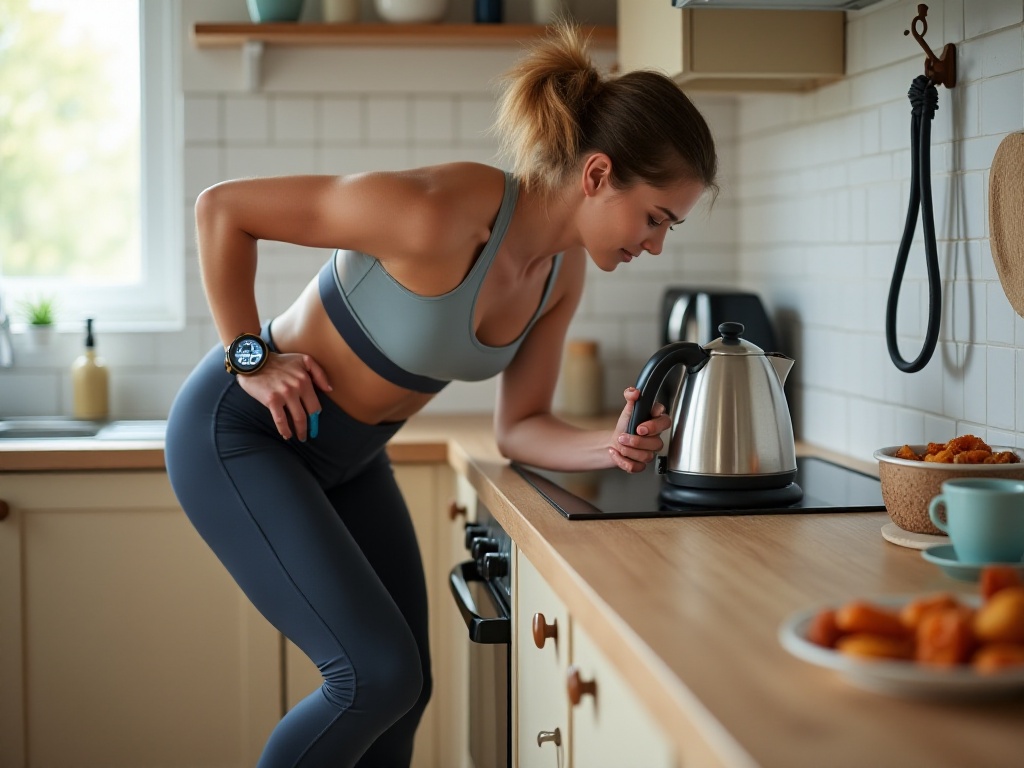Hey dear readers. Remember who I was three years ago? Back then, I was a complete couch potato, spending my days lying around doing nothing. Looking back, I felt like a caterpillar trapped in its cocoon during that time - listless and having lost all enthusiasm for life. But now, I'm a completely different person, full of energy every day with an incredibly positive mindset. Today, let me share my personal experience on how to make exercise as natural as brushing your teeth.
To be honest, most people think they "don't have time to exercise." But have you ever wondered why we can always find time to scroll through our phones and watch TV shows, yet feel it's hard to schedule exercise? It's really all about time management. When I first wanted to develop an exercise habit, every time I saw friends posting their workout check-ins on social media, I would think sourly: "Don't they have to work? How do they have so much time to exercise?"
Now I realize how naive that thinking was. While being busy with work is real, the key is learning to subtract from your life. For instance, I now use all the time I used to spend watching short videos for exercise, and the results are really noticeable. My suggestion is to treat exercise like an important meeting. Just as you wouldn't casually skip a meeting with your boss, don't easily give up your scheduled exercise time.
Honestly, I'm most proud of fixing 7 AM every Monday, Wednesday, and Friday for exercise. This time is marked in red on my schedule, at the same priority level as important meetings. The beginning was really tough, especially in winter when the bed was so warm and outside was so cold, but I persisted. Now my body automatically wakes up at this time, which feels quite magical.
What if you're really busy? My secret is to break exercise into multiple short segments. I learned this method from a Japanese office worker who said spreading out exercise time is actually more effective. For example, I often do 10 minutes of HIIT in the morning, 10 minutes of yoga during lunch break, and 20 minutes of walking in the evening - adding up to a considerable amount of exercise throughout the day.

When it comes to exercise environment, many people think you must go to a gym for it to count as real exercise. This mindset really makes it easy to find excuses to be lazy. I was like that before, ending up wasting several years of gym membership fees. Back then, I signed up for several gym cards, but they all ended up collecting dust after just a few visits. Later I realized it wasn't that gyms were bad, but that my understanding of exercise environments was too limited.
You can actually create a decent workout space at home. I cleared out a small corner next to my bedroom and placed a yoga mat and some simple equipment. The process was really fun, like preparing a unique little world for myself. I specifically covered one wall with motivational stickers, and seeing these slogans while exercising feels particularly empowering.
The key is to keep this space away from your work area, allowing your brain to clearly distinguish: "Okay, now it's exercise time." I've observed many friends' failed attempts where they would just lay out a mat in their study or living room and start exercising, only to be constantly interrupted by various things. So I suggest everyone must clearly define their exercise space, even if it's just separated by a screen, it's better than being completely open.

Here I want to share my secret recipe: how to turn various household items into exercise equipment. Honestly, I came up with this idea during a business trip staying at a hotel. I didn't bring any exercise equipment then, so I started exploring how to use things in the room.
Water bottles are the simplest and most practical exercise equipment. A 2L water bottle filled with water is about 2kg, perfect for arm and shoulder exercises. I also discovered an interesting way to play with this - adding different amounts of water to adjust the weight according to training needs.
The sofa is also a treasure trove of furniture. It's perfect for modified push-ups, with difficulty adjustable based on height. The coffee table edge can be used for calf muscle exercises, and bookshelf bars can be used for pull-ups. Even mopping the floor can become an aerobic exercise - if you're willing, there's a gym everywhere in life.

At this point, I must clarify several common misconceptions. I've fallen into these cognitive traps myself, so I particularly want to share them with everyone.
The first is the notion that "sweating = good exercise results." This is completely wrong. I've seen many people running in heavy clothes just to sweat more. But scientific research shows there's no necessary connection between amount of sweating and fat burning. I used to be obsessed with this idea, even wearing long sleeves to run in the middle of summer, and almost got heat stroke. Later, after researching a lot of materials, I learned that sweating is mainly the body's cooling mechanism and has little to do with exercise effectiveness.
Another is the myth of "spot reduction." I used to do crazy amounts of ab exercises just wanting to lose belly fat. I would roll back and forth on the yoga mat like a roller doing crunches every day. After half a year, while my ab strength definitely increased, the fat on my stomach didn't budge at all. Later I understood that body fat reduction is whole-body, you can't reduce fat in a specific area through exercising that part. It's like pouring water - the water level is even, you can't lower it in just one spot.

The hardest part has to be maintaining exercise motivation. Everyone can be enthusiastic at the beginning, but persisting is the real test. My experience is that you must find like-minded partners. I formed a morning running group with several neighbors, and we run together rain or shine every morning. We supervise each other and exchange experiences, which feels really good.
Our group also established an interesting incentive mechanism. Everyone needs to pay a 100 yuan deposit, and if someone doesn't show up, part of their deposit gets deducted to buy milk tea for everyone. This method works particularly well because no one wants their money to become someone else's milk tea money. We also regularly organize small competitions, like seeing who can do the most push-ups in a month, with the winner getting prize money pooled from everyone.
At the same time, setting small goals and rewards for yourself is also important. For example, every time I complete a month's exercise plan, I allow myself to buy a new piece of workout gear. This kind of positive reinforcement works particularly well. I also record my exercise data on my phone, and seeing those beautiful curves going up gives me a great sense of achievement.
Sometimes you really don't feel like exercising, and that's when I look at old photos. Comparing with my current state immediately helps me find motivation again. I also write letters to my future self, imagining what I'll be like in six months or a year. This kind of anticipation makes perseverance more meaningful.
Furthermore, setting some...
 Previous
Previous



